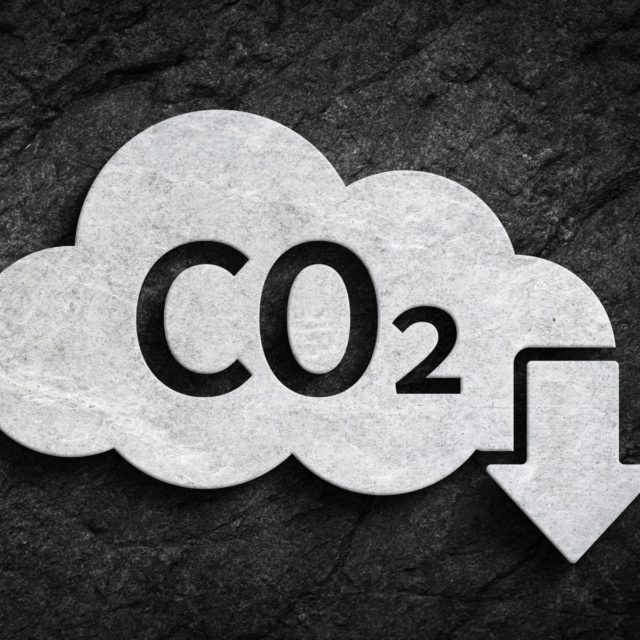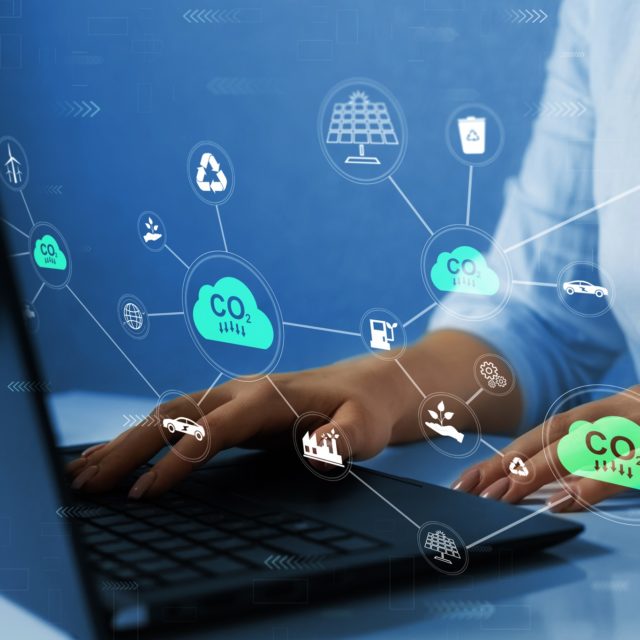Modelling the Short-Term Economic Impacts of Climate Change
Climate change and the policies implemented to cut carbon emissions will impact economies in many different ways in both the short and long run. Central banks need to have the right models in place if they are to understand and respond to these effects.

In May, the United Nations Environment Programme Finance Initiative (UNEP FI) and the National Institute of Economic and Social Research (NIESR) published a joint report into the economics of climate change. The project sought to help financial institutions and central banks understand, and model, these effects and the appropriate policy responses to them.
UNEP FI and NIESR developed three short-term macroeconomic scenarios. What they found was that climate change, and the policies needed to bring about a transition to net zero, will impact world GDP, with different effects in different countries, while also having major ramifications for the financial sector. In turn, central banks will need to adjust their monetary and financial policies to help support the move to net zero.
Much analysis of the effects of climate change has been carried out using so-called integrated assessment models (IAMs). In these models, economic outcomes, like GDP, affect the quantity of CO2 emissions and so bring about climate change. Climate change itself then affects GDP, typically via productivity and/or capital destruction. By their very nature, these models are aimed at assessing the long-run impacts of climate change and the trade-offs between different long-run approaches to mitigating these impacts.
Although it is clearly important to understand the long-run impacts of climate change and, indeed, the long-run policies that need to be put in place to achieve net zero, it is also essential to recognise that climate change and climate policies also have short-run impacts. Understanding these short-run impacts is crucial for financial institutions and central banks who care about short-run volatility. The need to understand these short-run impacts can be seen, for example, in the recent publication of the Bank of England’s biennial climate stress test.
Unfortunately, IAMs are limited in their ability to assess the short-run impacts of climate policies. As a result, in order to analyse the short-run impacts of difference climate policy scenarios, UNEP FI chose to use NiGEM, NIESR’s global econometric model. Econometric models such as NiGEM are specifically designed to examine the impact of particular shocks over the short to medium run and so are well-suited to the exercise carried out by UNEP FI.
The exercise involved considering three scenarios: a sudden rise in the price of carbon, a spike in the price of oil, and a trade war resulting from a set of countries decarbonising and imposing a border carbon adjustment (BCA) on other countries.
In the first scenario, the report assumed that from 2021 the carbon price rose steadily by between $130 and $700 per tonne of CO2 by 2025, depending on the country. Rises were assumed to be higher in advanced economies than in developing economies. The report suggested that such a shock would result in a fall in GDP growth of between 1–4 percentage points relative to what would have happened without the rise in carbon price. At the same time, inflation would rise by between 1–3 percentage points relative to what would have happened absent the rise in carbon price.
Unsurprisingly, the report found that countries and regions that are less energy and carbon intensive would be affected by less than other countries and regions. If the rise in carbon price were achieved through a carbon tax, then, other things equal, the fiscal position would be improved as the government could use the resulting revenue to cut taxes, increase spending and/or reduce debt. Finally, the report suggested that real interest rates would rise, and house prices and equity prices would fall in response to such a shock.
In the second scenario, the report looked at the effect of a rise in the world price of oil by $100 a barrel that lasted for three years. It found that GDP growth would fall in oil-importing countries and rise in oil-exporting countries. For the major economies, GDP growth fell by between 1–2 percentage points while inflation rose by between 4–6 percentage points. The rise in inflation would be particularly high in the Middle East, where exchange rates are tied to the dollar, which would depreciate.
In the final scenario, the report assumed that a group of countries – the ‘Green Club’ – imposed a domestic carbon tax. These countries then ensured that they remained competitive with countries not introducing a carbon tax by also instituting a BCA. But this triggered a trade war, leading to the other countries imposing tariffs on imports from the Green Club.
The effects of this on countries within the Green Club depended on how the relevant governments used the revenue generated by the carbon tax and the BCA. In particular, the report considered two alternatives: using the money to increase productive government investment (e.g., in renewable energy infrastructure or carbon capture technology) versus using it to pay down public debt.
In both cases, the short-run effect on GDP was negative, though slightly less so where the government raised public investment. But over the medium to long run, increased public investment led to higher capital and higher output than would have been the case if the revenue were used to run down public debt. Of course, if the revenue were used to run down public debt, this could result in a lower risk premium on government borrowing and more fiscal space for the government to respond to negative shocks in the future.
This work demonstrates well the need to use such scenario analysis in order to understand the short-term risks posed by climate change and climate policy. And, in turn, it shows how central banks can use their macroeconomic analysis to inform the monetary and fiscal policies that support the move to a net-zero future.

